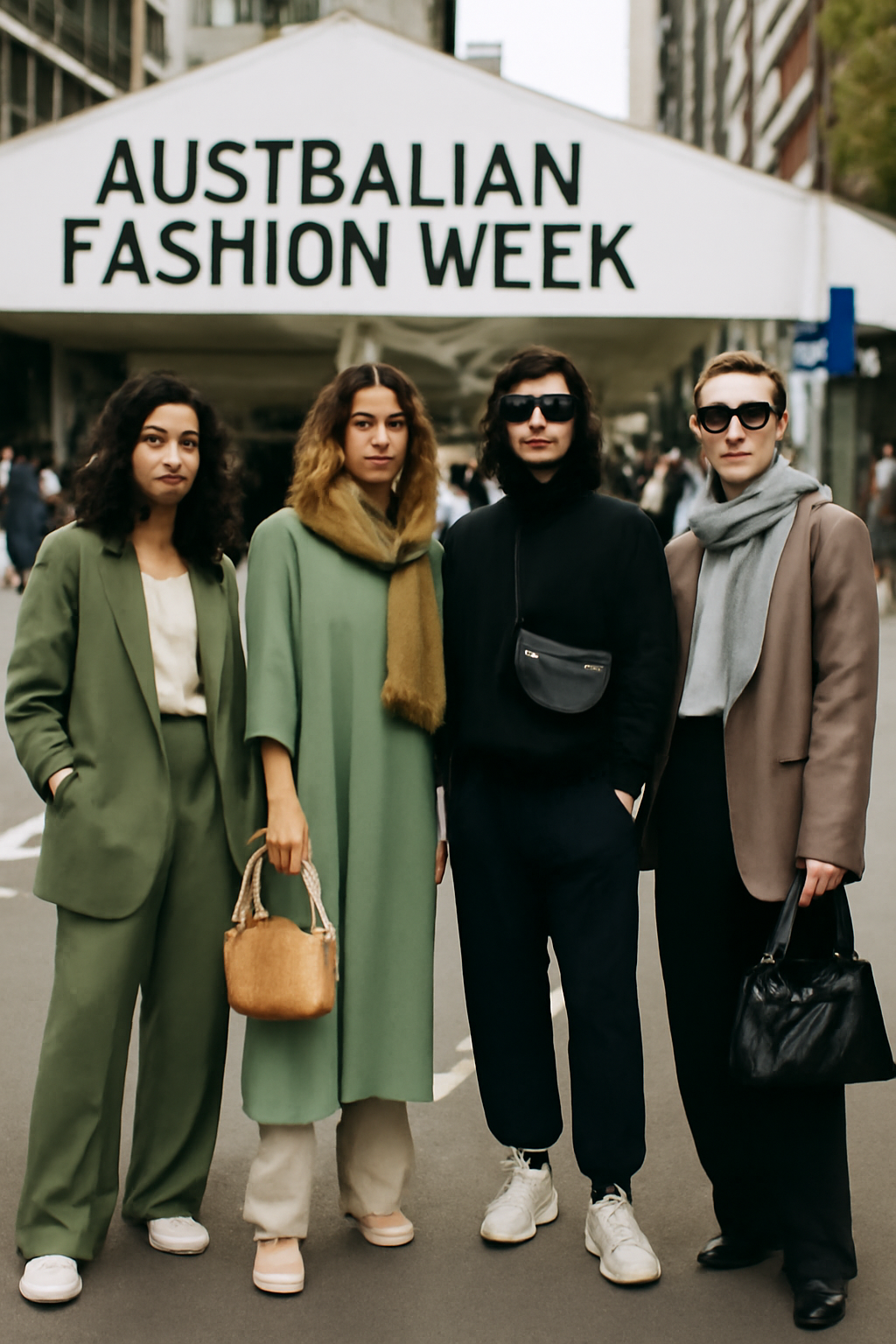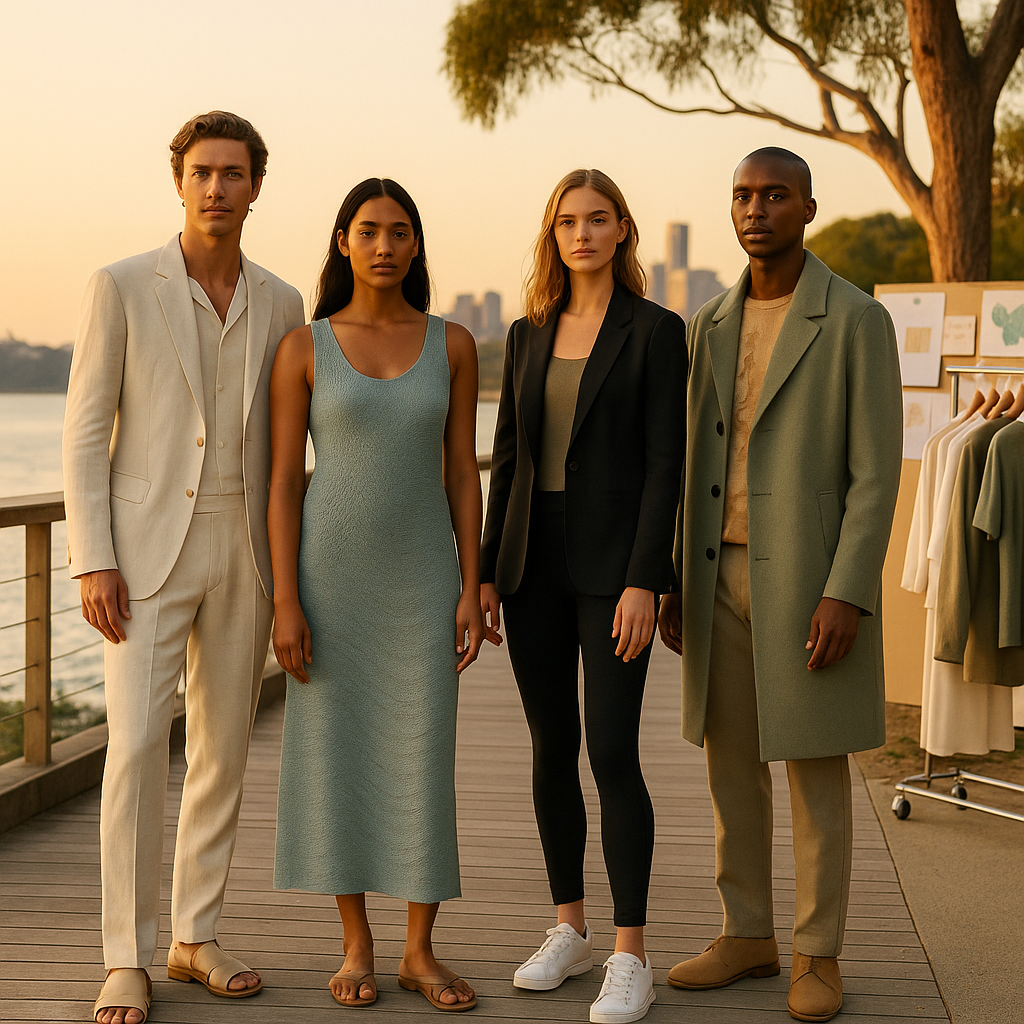Australian fashion’s global relevance increasingly rests on sustainability done with polish. While many labels tout “green” credentials, several Australian designers have embedded ethics into design from the start, creating a credible model for responsible luxury.
Bassike pioneered a premium basics movement built on organic cotton, traceability, and local manufacturing. The brand proves that tees and tailored track pants can be engineered with the same rigor as eveningwear: custom yarns, enduring construction, and silhouettes that remain desirable season after season. This slow-design approach challenges the churn of trend cycles and foregrounds cost-per-wear value.
KitX by Kit Willow established a lab-like environment for sustainable practice—embracing certified fibers, regenerative agriculture narratives, and transparency commitments. The label investigates questions like: how do we reduce chemical load without sacrificing hand-feel; what are the trade-offs between recycled synthetics and biodegradable naturals; and how can pattern engineering minimize waste at scale? Each collection serves as a case study in aligning sensuality with supply chain stewardship.
Aje brings craftsmanship to the fore with hand-embellished pieces that emphasize longevity. By centering artisanal techniques—smocking, pleating, beadwork—the brand reframes value as the visible trace of human skill. Meanwhile, Christopher Esber’s approach to pared-back sensuality relies on versatile separates that integrate into a modular wardrobe, avoiding the single-wear trap.
Footwear and accessories continue the story. R.M. Williams’ Goodyear-welted boots, crafted to be resoled, encode circularity into product design. This repair-friendly philosophy stands as a quiet rebuttal to disposable fashion and resonates globally in an era of conscious consumption.
Beyond materials, Australian designers rethink business mechanics. Many brands favor limited drops over massive seasonal runs, reducing overproduction. They experiment with made-to-order capsules, on-shore sampling to shorten development loops, and partnerships with local mills to strengthen regional ecosystems. Digital sampling and 3D prototyping are gaining traction, trimming sample waste and carbon-heavy freight.
Culturally, Indigenous-led labels contribute a more holistic definition of sustainability. Collaborations that license artworks fairly and channel profits back to communities position fashion as cultural continuity, not extraction. These practices demonstrate how sustainability encompasses social equity, storytelling, and respect for Country as much as it does fiber content.
Education and community also matter. Australian Fashion Week’s growing platform for sustainability talks, student showcases integrating lifecycle thinking, and mentorships crossing art and design disciplines create a pipeline of talent fluent in ethics and aesthetics. The result: collections that feel modern not because they chase novelty, but because they reconcile beauty with responsibility.
By conjoining technical rigor, design clarity, and transparent operations, Australian designers offer a blueprint other markets can adapt. Responsible luxury, in this framing, is not hair-shirt minimalism; it is purposeful pleasure—thoroughly designed clothes that respect the planet and elevate everyday life.



